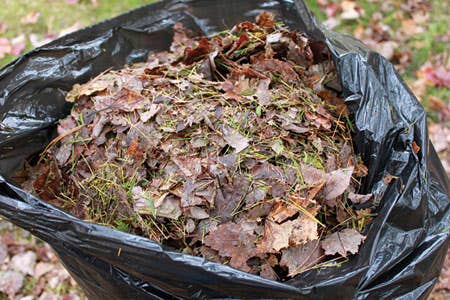Q&A: Latin for Vegetables
I’ve noticed in catalogs, books and magazines that Latin names are included for ornamental plants but not vegetables. Why is this? Do vegetables have Latin names?
Question: I've noticed in catalogs, books and magazines that Latin names are included for ornamental plants but not vegetables. Why is this? Do vegetables have Latin names?
Answer: You're right—conventionally catalogs, etc., call vegetables just by their everyday names. Ornamental plants often have English (or French or Spanish or whatever) names that vary by region, so the best way to communicate to a national (or international) audience is to use their universally accepted botanical Latin name. A reader in Kansas and a reader in Oregon might see a certain English name and picture two entirely different plants. When it comes to vegetables, perhaps there is less concern that people would confuse two plants; for the most part, a "carrot" is a carrot in Texas, Alaska, Maine, etc.
However all plants, whether ornamental or edible, have a botanical Latin name, and there is some benefit to learning the Latin of vegetables:
- There are some variances regarding common names; for instance in the United States it's an eggplant while in England it's an aubergine. In both places it's Solanum melongena.
- Plants in the same genus or family face similar pests and diseases. Knowing that watermelons and cucumbers both belong to the family Cucurbitaceae will help you rotate your crops in the proper way.
Here are a few common vegetables and their Latin names:
Legume Family: Fabaceae
Beans, lima: Phaseolus limensis
Beans, snap: Phaseolus vulgaris
Mustard Family: Brassicaceae
Brocolli: Brassica oleraacea Italica Group
Brussels sprouts: Brassica oleracea Gemmifera Group
Cabbage: Brassica oleracea Capitata Group
Cauliflower: Brassica oleracea Botrytis Group
Rutabaga: Brassica napus Napobrassica Group
Turnip: Brassica rapa Rapifera Group
Amaranth Family: Amaranthaceae
Beet: Beta vulgaris
Swiss chard: Beta vulgaris subsp. cicla
Onion Family: Alliaceae
Garlic: Allium sativum
Leek: Allium ampeloprasum var. porrum
Onion: Allium cepa
Nightshade Family: Solanaceae
Eggplant: Solanum melongena
Potato: Solanum tuberosum
Tomato: Solanum lycopersicum (syn. Lycopersicon esculentum)
Gourd Family: Cucurbitaceae
Cucumber: Cucumis sativus
Squash and pumpkins: Cucurbita pepo, C. maxima, C. moschata
Zucchini: Curcubita pepo
Read Fruits & Vegetables articles







